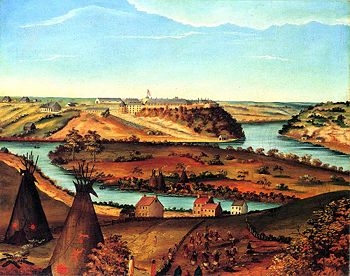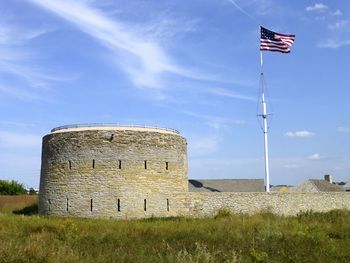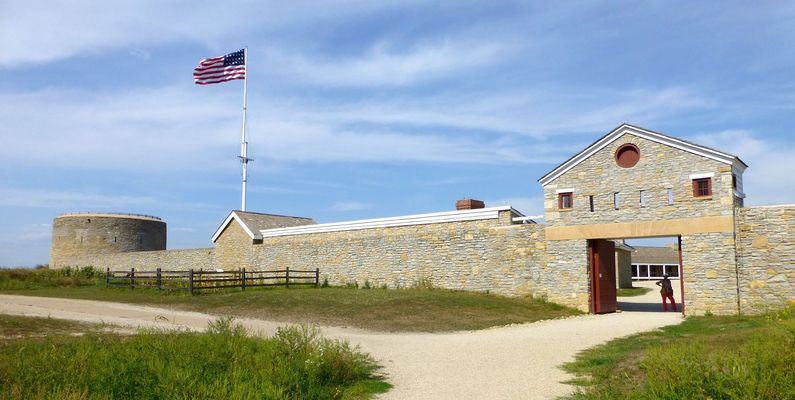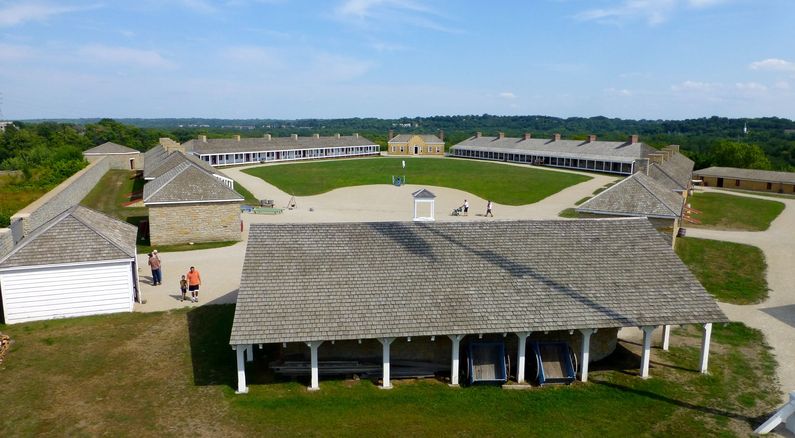Fort Snelling
| More information at Warlike, Wikipedia
Fort Snelling (1820-1946) - A U.S. Army post first established as Fort St. Anthony in present-day St. Paul, Hennepin County, Minnesota. Colonel Josiah Snelling began construction on the permanent fort in 1820. The post was completed and renamed Fort Snelling after Colonel Snelling in 1825. The fort was abandoned in 1857 but reactivated in 1861 by state volunteer troops. Federal troops returned in 1866. Deactivated in 1946.
History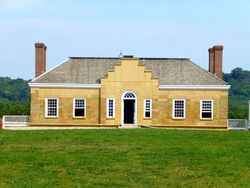 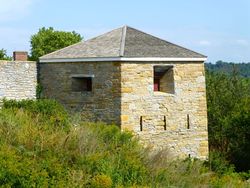 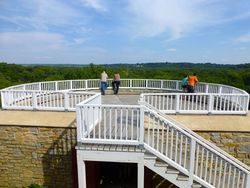 A U.S. Army post built out as an enclosed diamond with bastions at all four corners situated on a bluff overlooking the confluence of the Mississippi River and the Minnesota River. The western bastion was a large, round stone tower, and opposing it on the east was a semicircular bastion housing a gun battery facing the Mississippi River. The north bastion housed a gun battery in a five-sided stone blockhouse and the south bastion also housed a gun battery but in a six-sided stone blockhouse. The bastions were connected by a high 10' stone wall with two entrances near the western end of the post. A central parade was surrounded by four long buildings that housed the single and married officers, the enlisted troops, and offices At the head of the parade, on the east side, was the commanding officer's quarters. The commissary, guardhouse, hospital, and shops were built into the south walls. Other support buildings including a magazine, a sutler's store, and a chapel were built in the western corner of the parade. Located east of the fort was an American Fur Company trading post and south of the fort was a Columbia Fur Company trading post. The fort was abandoned in 1857 and sold in 1858 along with 8,000 acres of land to Franklin Steele, a former sutler. 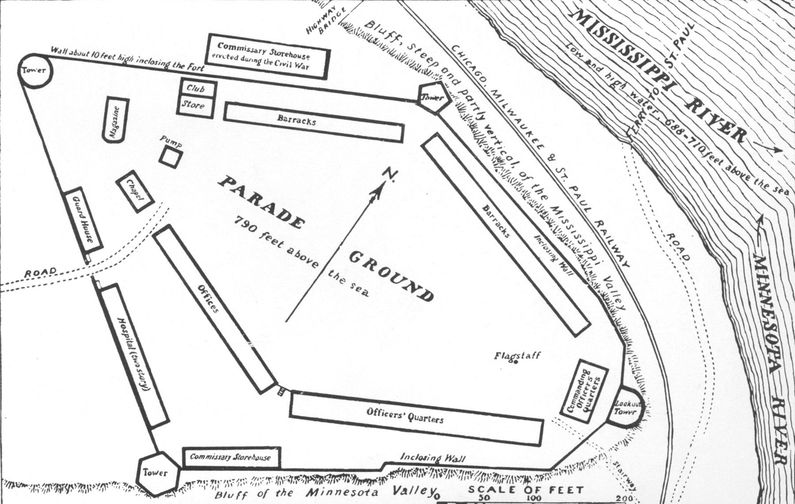
U.S. Civil War (1861-1865)Fort Snelling was leased back from the private owner and reactivated in 1861 as a state volunteer training center during the U.S. Civil War. The post was home to some 25,000 Union soldiers during the conflict. Post U.S. Civil War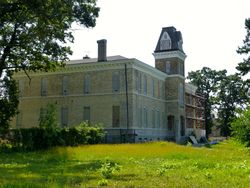 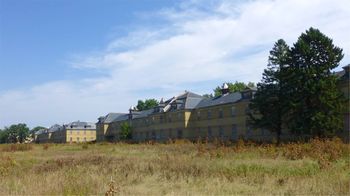 Federal troops returned after the war in 1866, making the post the headquarters of the vast Military Department of Dakota. The troops at Fort Snelling were active in the Indian Wars of the second half of the 19th century. The new Headquarters required a rapid expansion of the post and the old walled fort was no longer big enough to house the number of troops required. The post was expanded into a new area that became known as the Upper Post. Much of this expansion took place in 1879-1880 and 1885. The result was a typical open-plan post of that era. Four Large, two company brick barracks were built in a line along the east side of what is now known as Taylor Avenue in 1885. On the west side of Taylor avenue was a line of 10 sets of officer quarters with one set being the post commander's quarters. The officers' quarters were built in stages, the initial set of 5 in 1879-1880 and the second set of 4 in 1892, and a single duplex in 1905 (not clear if this was replacement construction). By 1904 a Bachelor Officers Quarters, a bakery, a fire station, a guardhouse, a post hospital, and a dead house had been constructed. Additional barracks and infrastructure were built circa 1898 to support cavalry and artillery companies but they no longer remain.
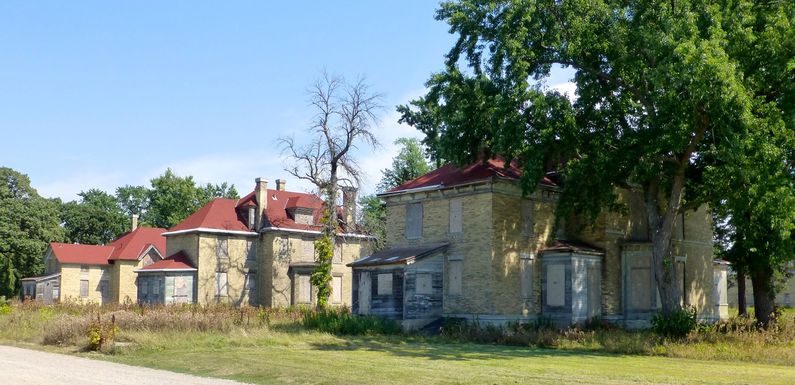
World War I (1917-1918)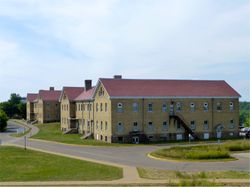 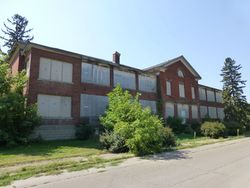 The post was used as a recruitment and training depot during World War I and again was forced to expand to accommodate the large numbers of troops being sent overseas. Large numbers of temporary wooden barracks were built in the area near the present-day Minneapolis-St. Paul Regional Airport. The brick barracks built in 1885 were used as a junior officer training school. The 1898 post hospital became U.S. General Hospital #29 and housed returning wounded soldiers.
Post World War I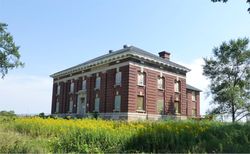 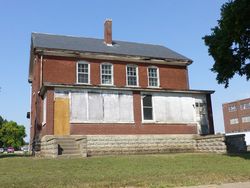 After the war, the active U.S. Army shrunk drastically and many forts were put in caretaker or near caretaker status. Fort Snelling continued as an active post but with a greatly reduced garrison and little funding for maintenance and improvements. The WWI temporary buildings were ordered torn down in the 1920s and the remaining buildings generally fell into disrepair. With the coming of the depression in the 1930s, the Civilian Conservation Corps (CCC) provided work crews that repaired some Fort Snelling buildings and built a few new ones. By 1940 it was clear to military planners that the U.S. had to be ready to enter the war. The 1940 Selective Service Act forced a rapid expansion of most active military posts to accommodate the newly drafted. For Snelling again expanded to the south of the Upper Post with a new cantonment of temporary WWII barracks and support buildings. Additional temporary officer quarters were built along Taylor road and by 7 Dec 1941, most of the temporary infrastructure was in place. The reservation itself encompassed some 1,521 acres in early 1941.
World War II (1941-1945)The post was used as a recruitment and training depot during World War II. Some 300,000 troops passed through the reception center at Fort Snelling during World War II. At the height of the induction effort in 1942, Fort Snelling could process over 800 troops a day as a processing center. Other, longer-term training schools on the post, included Military Police, Military Railroad Service, Winter Troop training, and a Military Intelligence Language School. Post World War IIFort Snelling was deactivated on 12 October 1946, and a number of federal agencies including the U.S. Army Reserve took over parts of the post. Many of the buildings in the old walled fort and the newer upper post fell into disrepair. In 1960, the post was made a National Historic Landmark and restoration efforts began on the old walled fort. The Upper Post buildings continued to decline. The U.S. Army Reserve mission was deactivated in 1994. Other parts of the post have been repurposed by the Minneapolis Veterans Health Administration Medical Center and the Minneapolis–St. Paul International Airport.
Current Status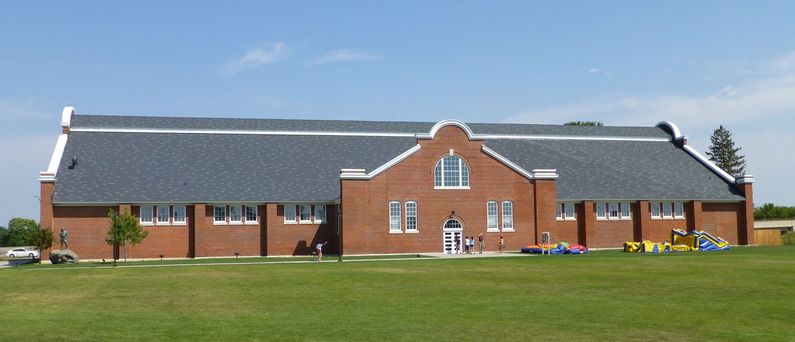
Must See! Historic areas include the old walled fort, the newer Upper Post, and Fort Snelling National Cemetery. On the old walled Fort Snelling site, eleven buildings have been reconstructed around the parade and four of the original sixteen buildings remain. The most distinctive of the original structures is the large stone tower in the western corner. On the Upper Post, some 28 historically significant buildings remain in various states. Three of the four original brick barracks are still there and 10 officers' quarters are still standing. The 1907 Cavalry Drill Hall building has been restored and repurposed as a Boy Scout facility.
See Also: Sources:
Links:
Visited: 7 Sep 2013 Picture Gallery
| ||||||||||||||||||||||||||||||||||||||||||||||||||||||||||||||||||||||||||||||||||||||||||||||||||||||||||||
